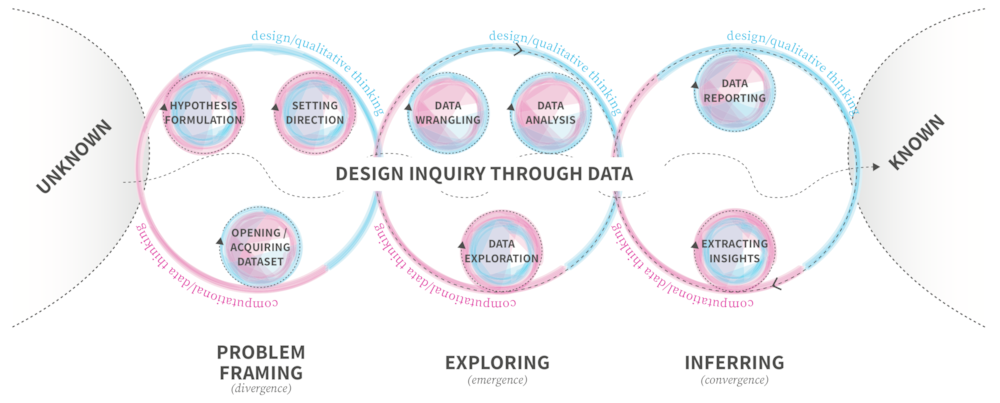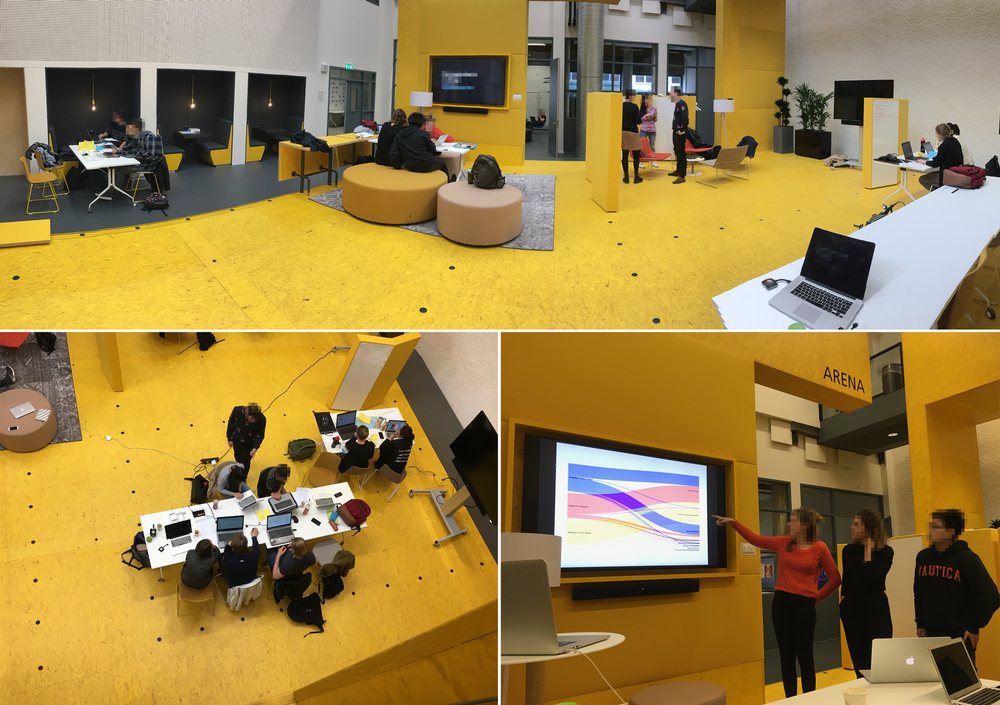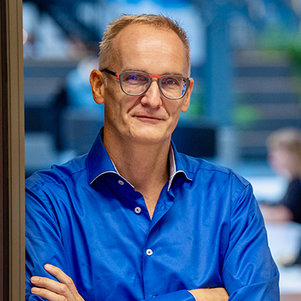Designers need to catch up on their user data
“Designers don’t know how to use data,” says Péter Kun, who recently defended his PhD thesis ‘Design Inquiry Through Data’. In it, he developed a framework for guiding designers through incorporating data in their research practice.
During Kun’s undergraduate and master’s studies, he saw that industrial designers are not well trained in how to obtain, process or use data in their research. Current industry practice is to incorporate a data scientist into design projects when needed, but that is not always financially feasible. “Media scholars and data journalists are years ahead of industrial designers,” says Kun.
From Kenya to Instagram
If you want to develop a product to be used in a Kenyan coffeehouse, for example, you would have to travel to Kenya, research a representative sample of coffeehouses, undertake a study of the coffee culture, compile that information into a useful dataset and use that information to inform the development of a new product. Or, Kun argues, you could use Instagram and FourSquare: “So much life is happening in the digital world.”
With travel restrictions and social distancing, the Covid-19 pandemic has only further demonstrated the importance of Kun’s research. Using data can be both faster and cheaper for designers. It can also help them to access difficult to reach groups. “It can be super hard to study subcultures,” says Kun. Those groups may be more likely to congregate and interact online, making it easier to study them via open source data.
According to Kun, the concept of data means different things to different people. Engineers, he says, see data as little facts, like the output from a sensor. But to social scientists, data could mean photographs or interviews. He sees designers as in the middle, as they will often use data from both sides of this spectrum to conduct research.
Social open source
Much of the data that Kun has worked with is open source. “Social media is the most exciting,” he says. Often what people post to social media, like Twitter or Instagram, is publicly available and can give an intimate window into someone’s world. Researchers can then search for keywords or read posts to get an understanding of emotion or sentiment.
As with all data collection, there are concerns over privacy. Kun had previously worked with a human research ethics committee on a previous research project to conduct research into mental well-being, giving him experience with high standards of privacy.
People now are more aware of data privacy than they used to be, in no small part due to the Cambridge Analytica scandal, when Facebook data was harvested without consent by a political consulting firm. And new European Union regulations about data privacy, known as GDPR, have also given people more control over their data. But Kun still thinks people should still be more aware of what they put online. He worked together with the TU Delft data steward during his PhD research to ensure his framework demonstrated how to use data appropriately.
Further, his thesis also educates designers themselves to be more data literate and be aware both as users and researchers of using other’s data. When considering the ethical implications, he tells his students to ask: Do you want this to happen to your data?
A framework for the future
While Kun worries about data privacy, he is more concerned about designers drawing the wrong conclusions from the data because they aren’t examining their own biases. “Researchers need to keep their biases in mind,” he says. That is true whether designers are studying digital data or human beings in the field.
Following his defense, Kun will move to Copenhagen for a postdoc position investigating AI and diversity. But, he says, there is a lot more work to do in the area of his PhD research. “I hope my findings will end up in design education and practice.” And he says designers don’t need to reinvent the wheel. His framework encourages designers to repurpose existing tools to suit their research needs.

Ingrid Mulder
- +31 (0)15 27 85637
- I.J.Mulder@tudelft.nl
-
Room C-3-070
"Linking people through design."





